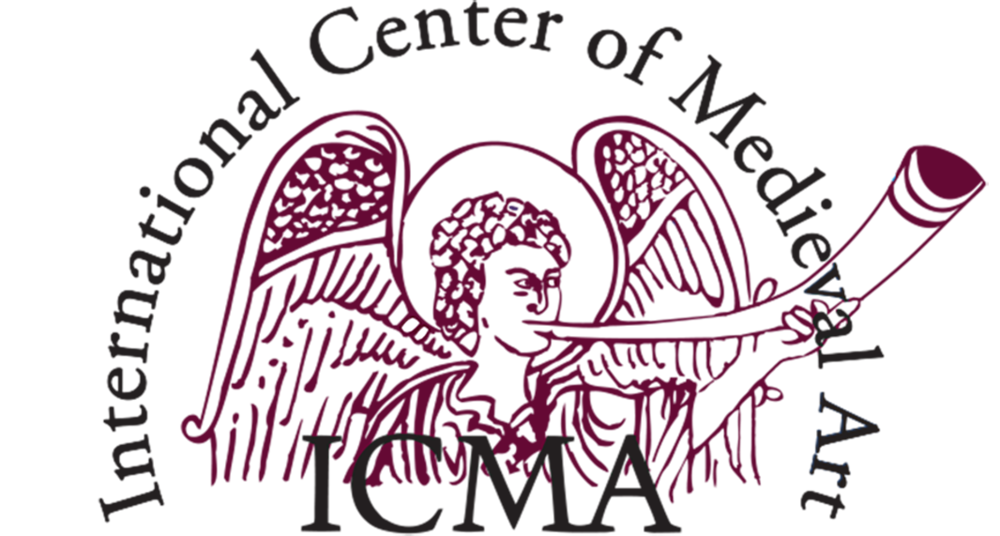CALL FOR PAPERS
INTERSECTIONS: ENTANGLEMENTS WITH MEDIEVAL AND RENAISSANCE TEXTILES, 1100-1550
THE COURTAULD POSTGRADUATE MEDIEVAL SYMPOSIUM 2023
MONDAY 22 MAY 2022, LONDON, UK
ABSTRACTS DUE 20 MARCH 2023
Flemish, Southern Netherlands The Holy Family, ca. 1500 Flemish, Southern Netherlands, Wool, silk, and gilt- and silvered-metal-strip-wrapped silk in slit, dovetailed, and interlocking tapestry weave with supplementary brocading wefts (in sewing basket, Joseph's coat, and hem of Mary's cloak); 40 9/16 x 46 15/16 in. (103.1 x 119.2 cm) The Metropolitan Museum of Art, New York, Robert Lehman Collection, 1975 (1975.1.1913) http://www.metmuseum.org/Collections/search-the-collections/459954
During the Middle Ages and Renaissance, textiles wrapped up and coated walls, people, furniture, and objects. They provided omnipresent, and often complex, symbolic and visual demarcations of spaces. Diplicare, the root of display, is in unfolding: so much of the frameworks of how we surround ourselves are rooted in practices using cloth. The value of these textiles, both in their materiality and craftsmanship, exceeded that of many other artforms which have been privileged by scholars. Textiles were often disregarded in art historical study, considered to be visually unappealing or discredited in previous centuries as part of the decorative arts. In addition, only a fraction of the textiles that functioned in these spaces survive, many of which are in a fragmented state.
In recent years, textiles have received more attention in art historical studies, and block buster exhibitions on tapestries have made the importance of textiles clear to a wider public. There are, however, still many new angles from which we can interrogate and discuss textiles which can enrich, connect, and reframe not only textile history but wider research subjects in Medieval and Renaissance studies.
In this symposium we would like to draw together varying angles of research through their intersections with textiles, in whatever capacity. The theme of this symposium centres on how Medieval and Renaissance textiles, real and depicted, combine, overlap or intersect in different ways. In short, it aims to interrogate how textiles get entangled with other people, arts, materials, objects and functions.
We welcome applications that relate to intersections of various types, including, but in no way limited to:
Intersections through representation: the depiction of textiles in other materials and media, or the intersection of textile aesthetics and design principles through their adoption in other art forms
Intersections through the combination of actual textiles with other materials and media, or other objects (like relics).
The intersecting geographies of a textile created in one place and used in another.
Intersections of collaboration and exchange between craftsmen, of process or designs, knowledge or the finishing of each other’s products.
Intersections in display, alongside other objects or other kinds of textiles, or the manner in which they were collected and their intersection with other objects in that collection.
Intersections in space: the ornamental function of textiles, how they might correlate with the space that they are found in, or with other objects within that space.
Intersections through time: textiles and their afterlives, repaired, repurposed, cut up and reused.
Intersections in iconographies, how the iconographies of textiles can be adopted other media.
To apply, please send a proposal of up to 250 words for a 20-minute paper, or an alternative presentation, with a CV to c1300199@courtauld.ac.uk by no later than Monday 20th March 2023.
The Medieval Postgraduate Symposium will take place at The Courtauld’s Vernon Square campus, in person, on Monday 22nd May 2023.
Organised by Jessica Gasson (The Courtauld) and Julia van Zandvoort (The Courtauld)

